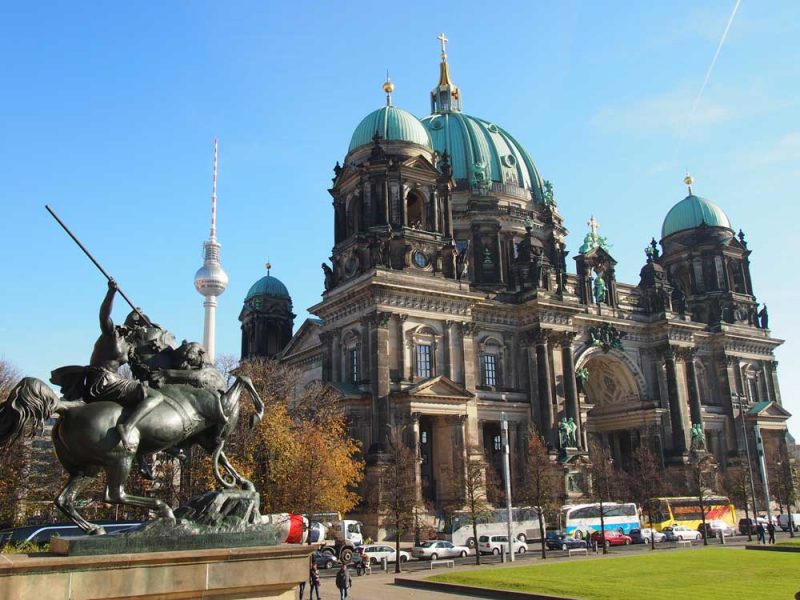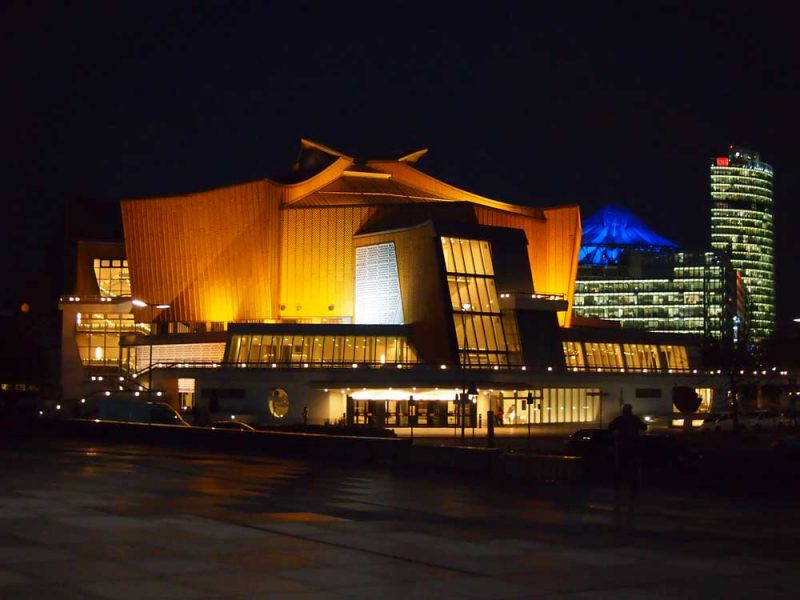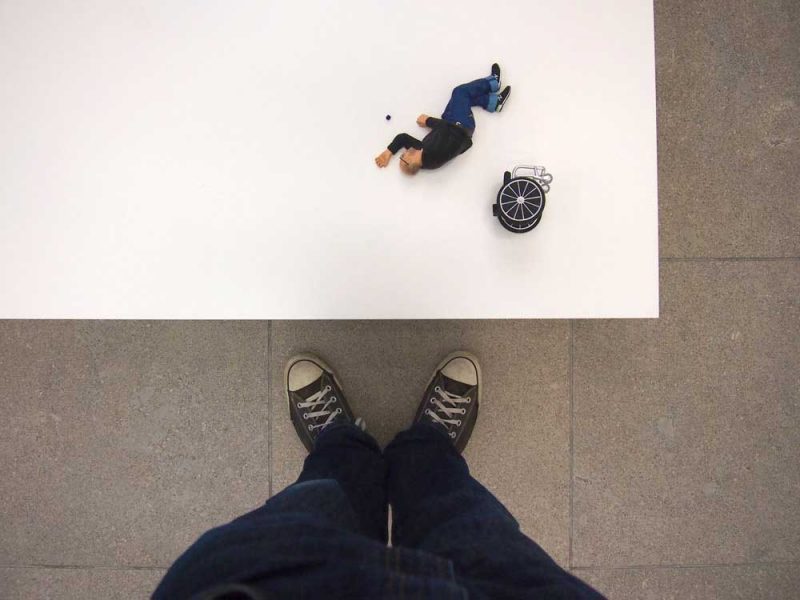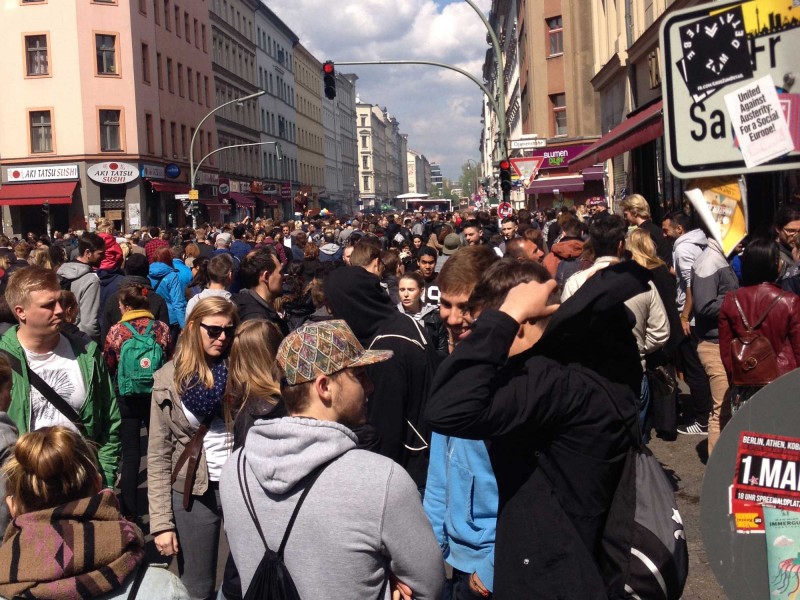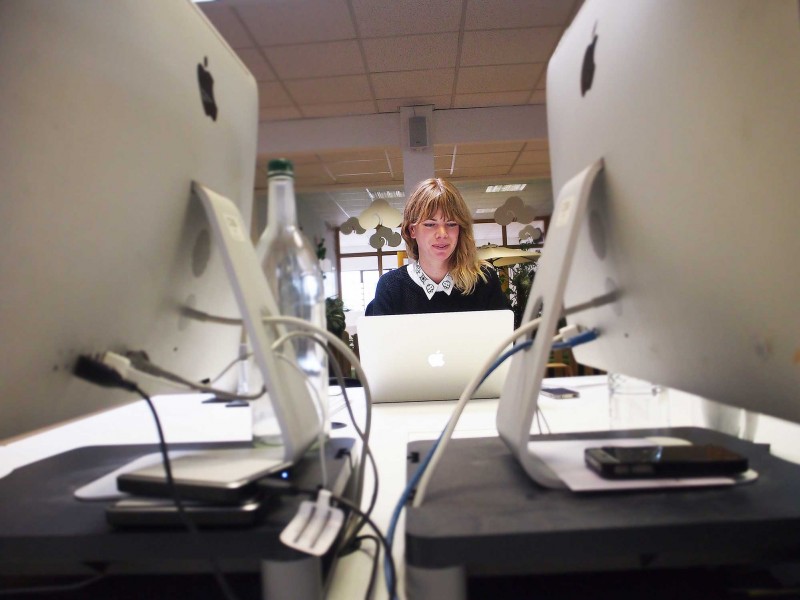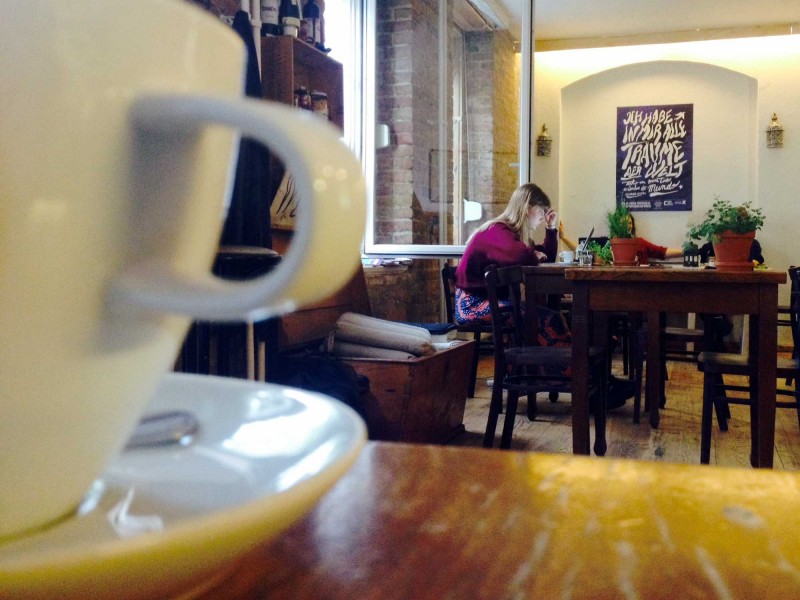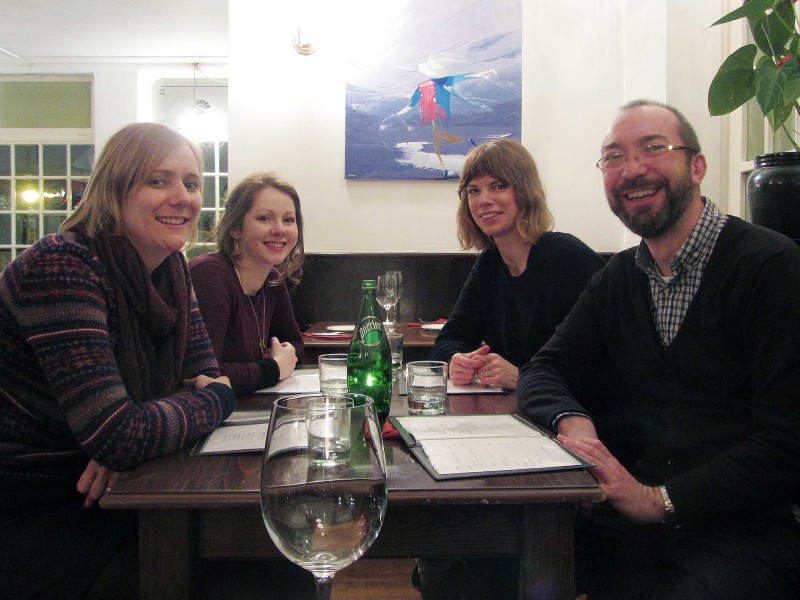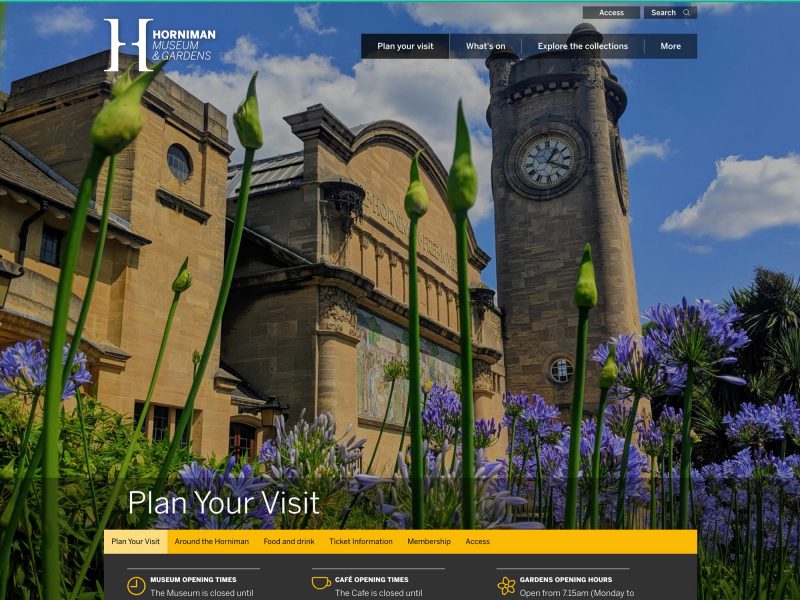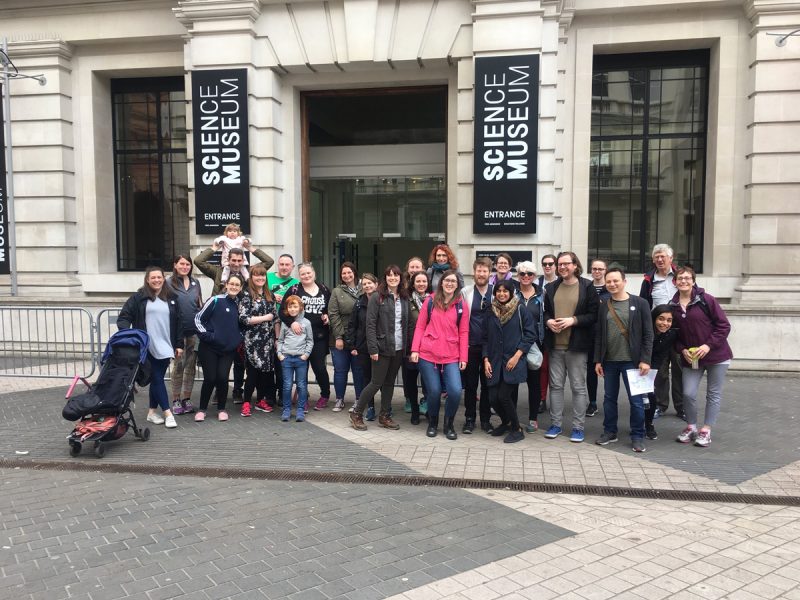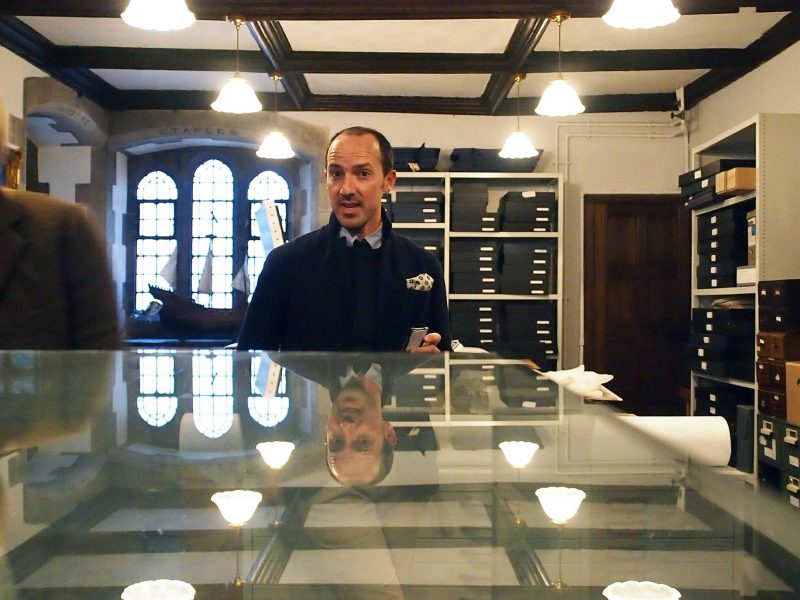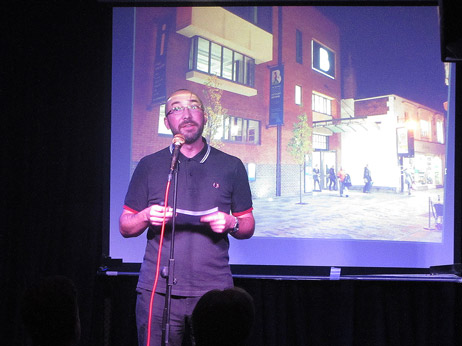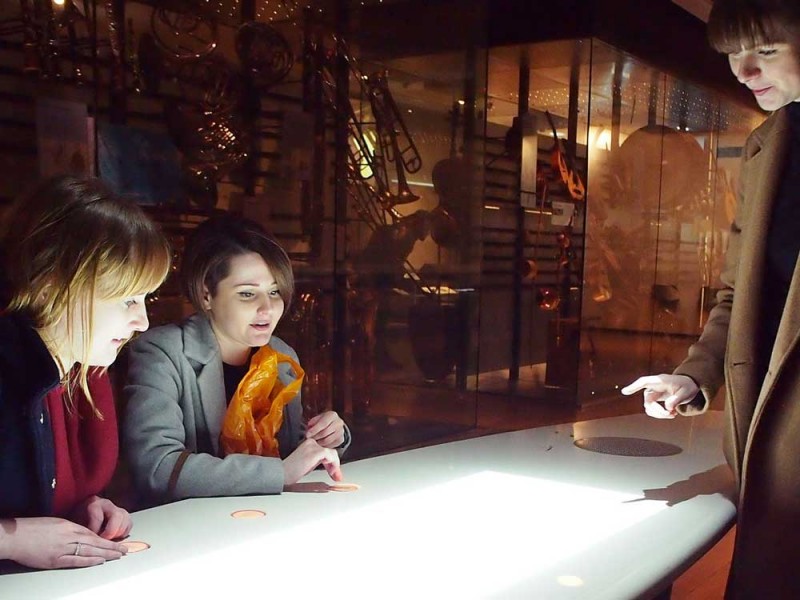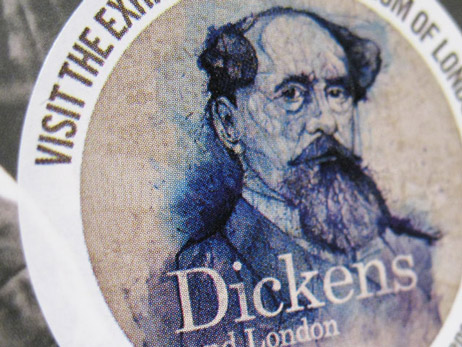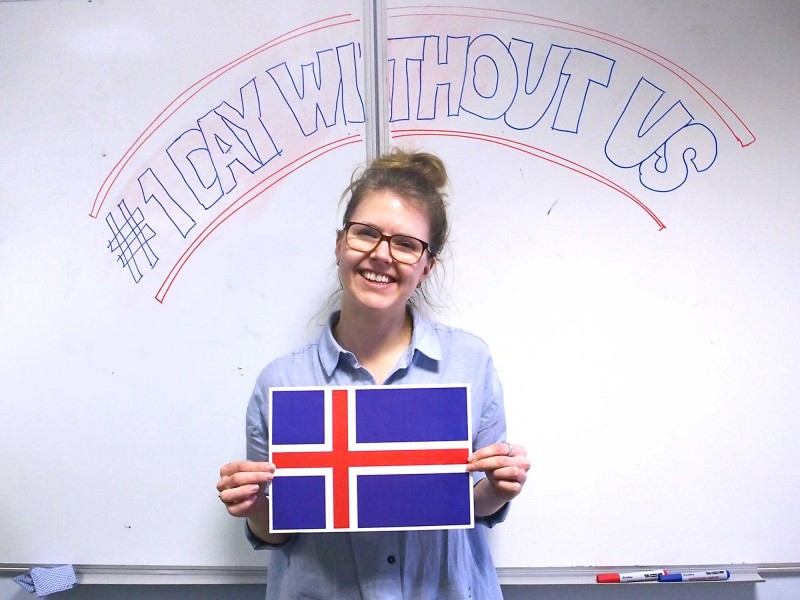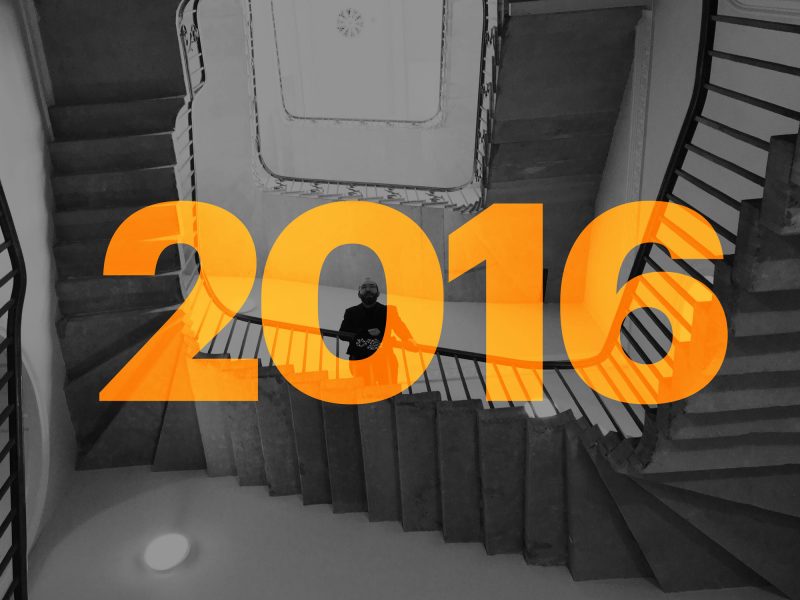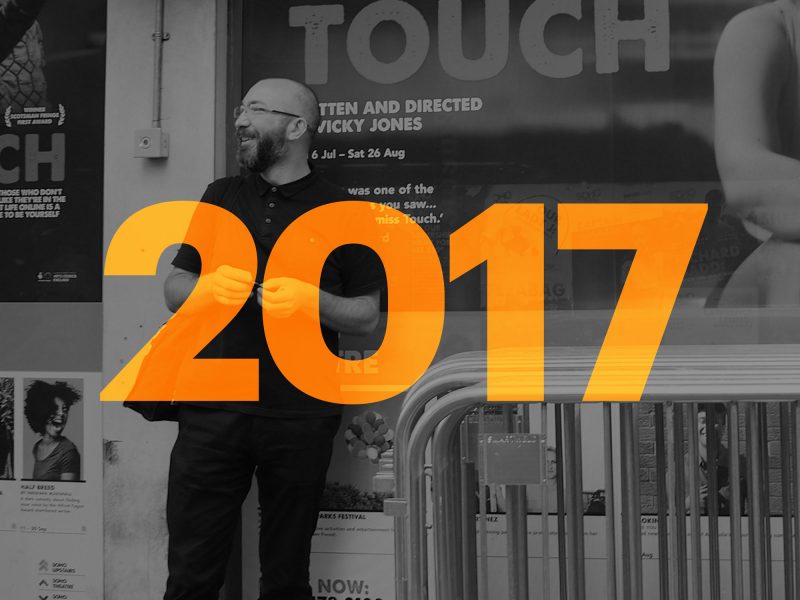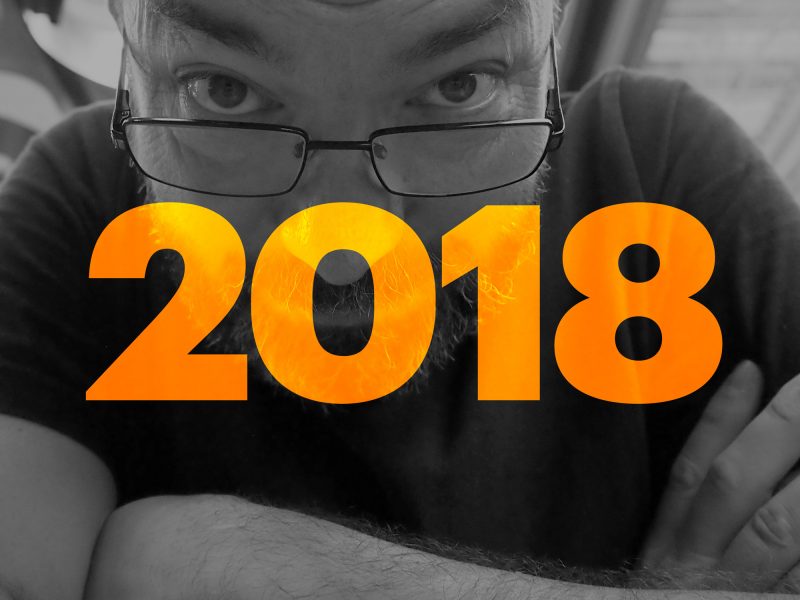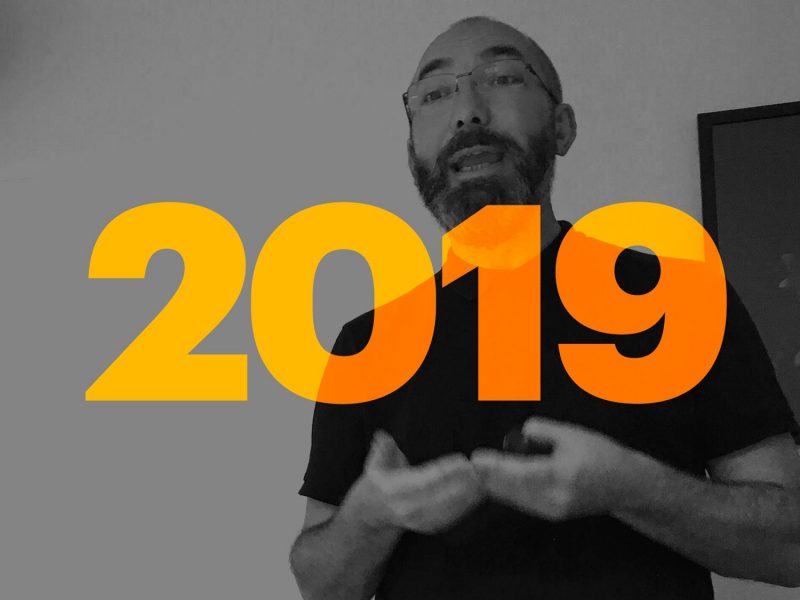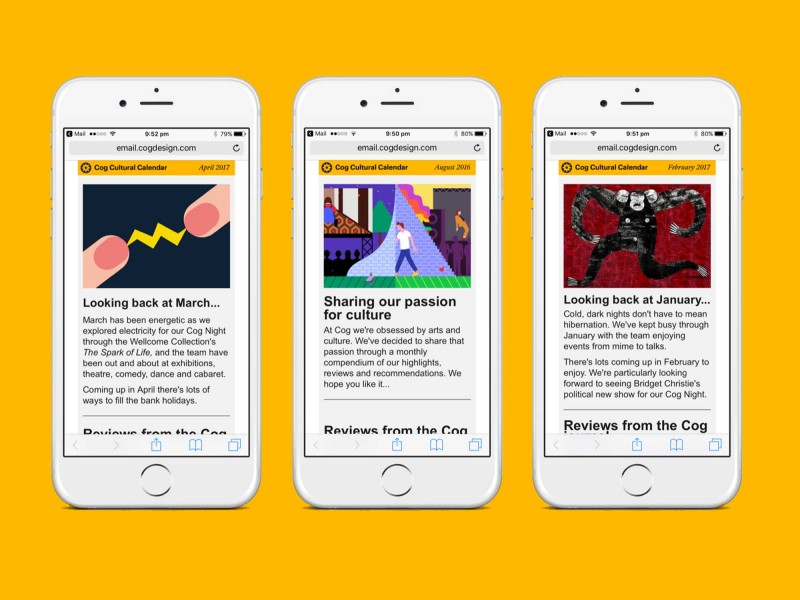Cultural Berlin – overview

I’ve just returned from a five-day family holiday in Berlin. I’m calling it a holiday but, as a family, we aren’t prone to relaxation when we go away so we tried to squeeze in as many museums and galleries as we could manage.
In total, we visited 15 official museums plus a fair few churches, cathedrals and tourist sites. Rather than trying to tackle them all in one entry, I thought I’d take them day-by-day, noting a few of the high points (and occasional low points) of the week. But first I thought I’d start with a few overarching observations:
1. Berlin does transport very well
You can buy a Berlin Welcome Card that gives unlimited public transport (and discounts at tourist sites) for five days, for €36,50, from the tourist information booth at the airport.

2. Traffic is a surprising problem when walking
Unlike most major capital cities, Berlin has not pedestrianised its major tourist areas. Jaywalking is socially unacceptable (and illegal) so every intersection requires a wait for the little green man*.
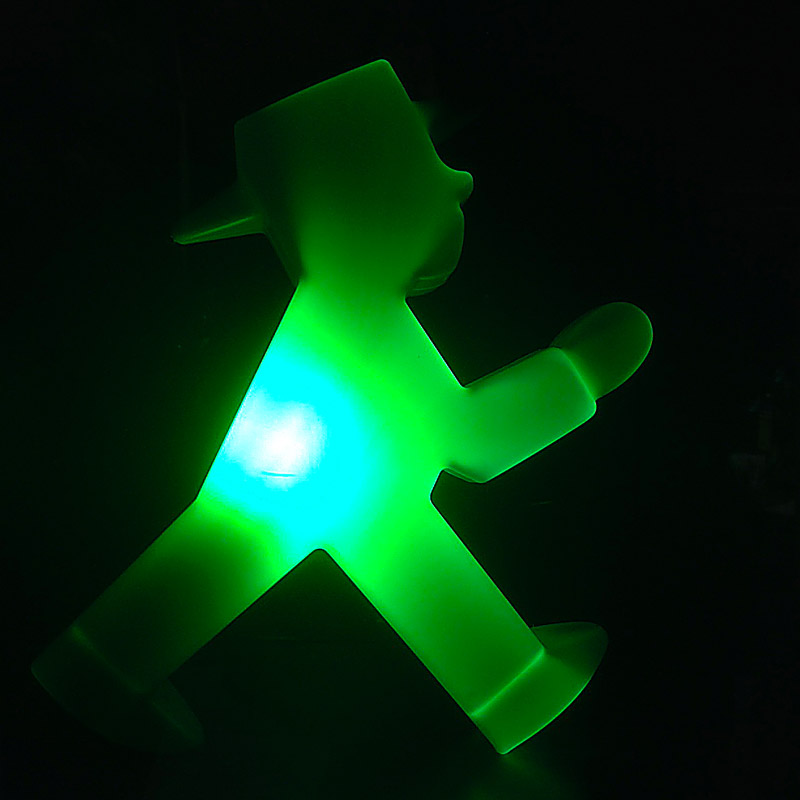
3. The three-day Museum Pass is exceptional value at €24,00
Most museums are state-run and charge an entry fee. The Museum Pass gives access to them all, with a free audio-guide at most.
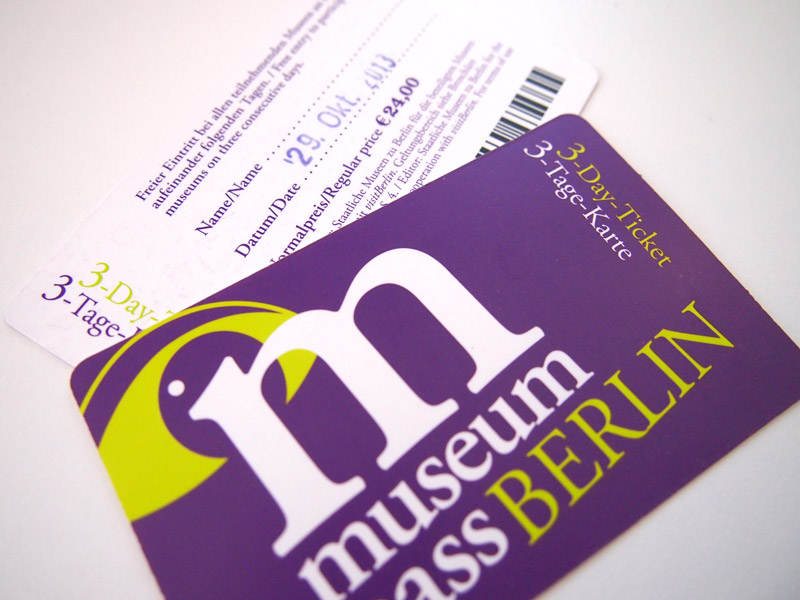
4. Signage is surprisingly poor
The main museums have great, building wrap signs but the rest of the wayfinding is surprisingly poor. Subtlety and consistency usually win out over practicality. Cafés are almost impossible to track down in most museums.
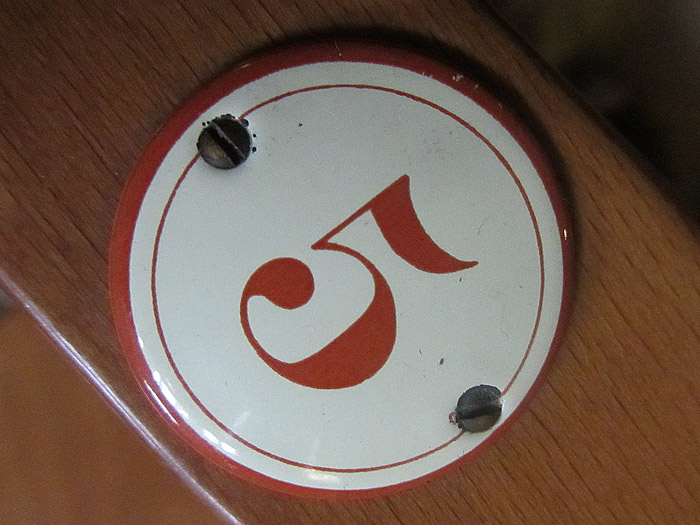
5. The architecture is inhuman in scale
Berlin has been rebuilt almost from scratch (first after WWII and then after reunification). This has afforded the city some incredible architectural statements but they can sometimes feel vast, echoing and unapproachable.

6. There is still a surprising amount of building going on
The city was famously the world’s biggest building site after the fall of the wall. But it was a shock that so much work is still going on 25 years later, it made many museums difficult to get to and move between.
7. Grand schemes aren’t great ’til they’re finished
Berlin Museums have been in a state of perpetual reinvention. These visionary schemes are great but not when museums are closed whilst you are visiting.

8. Germans are remarkably relaxed about photography
There are very few places where photography is not allowed. That’s got to be a great thing for tourism (with all the social media posts it encourages) but didn’t help me with my Tumblr of signs.
9. Berlin’s art was split by WWII, reunification hasn’t reunited it
Culture was a weapon of the Cold War, with both sides building or rebuilding huge galleries. All of those institutions (and more) are still there so the National collection is spread, sometimes too thinly.
10. State museums are closed on Mondays
This is a well advertised fact but that’s only of any use if you do research before you go (which I didn’t).
* Ampelmännchen is the name of the little green man, still used on pedestrian lights in the East of Berlin. He was designed by psychologist, Karl Peglau for the East German government. He is one of the few state symbols to have survived the reunification and has been enthusiastically embraced as a tourist motif.



